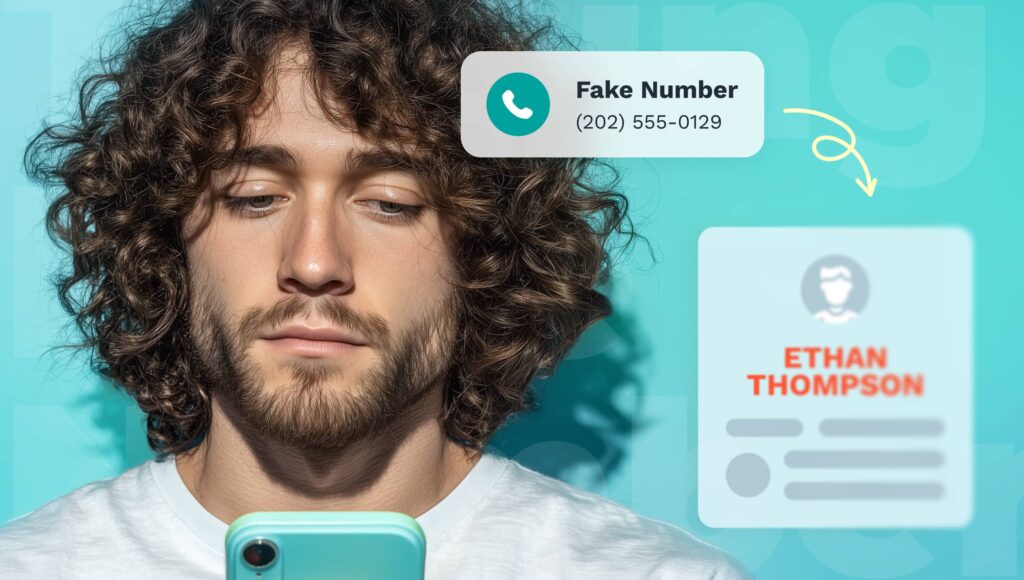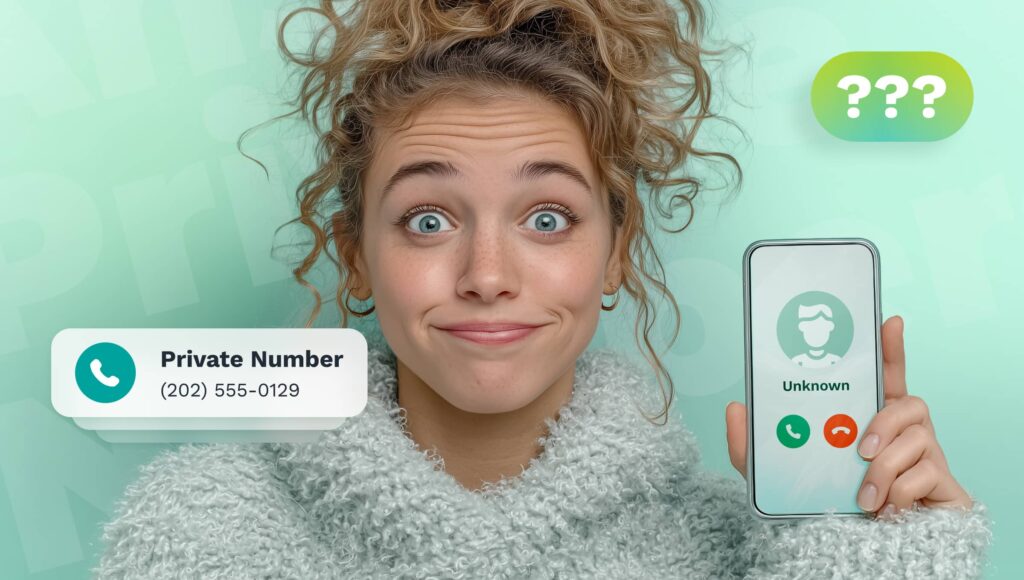Receiving a text message from an unknown or fake number can be unnerving, especially in an age where digital scams are increasingly sophisticated. As someone who has spent years studying and dealing with various types of digital communication fraud, I understand the anxiety and confusion such messages bring.
A few months ago, I received a text from a number I didn’t recognize, claiming to be a friend who had changed their phone. It seemed harmless at first, but something felt off. After a bit of investigation through Searqle, I discovered it was a scammer attempting to extract personal information. So, if you’re curious to know how do text scams work and what happens if I text a scammer back, let’s find out!
How Do Text Scams Work?
Text scams have become prevalent, with scammers constantly devising new ways to deceive unsuspecting individuals. Typically, these scams start with a seemingly innocuous message from an unknown number.
The text could claim to be from a bank, a service provider, or even a friend in need. The message often includes a sense of urgency, urging you to take immediate action, such as clicking on a link or providing personal information. Once you engage, the scammer can deploy various tactics to steal your identity, money, or both. One can easily fall for these wrong number text scams, especially when crafted to look legitimate.

Common Scammer Tactics
With the advancement in technology, scammers are getting more sophisticated. Their tactics are increasingly difficult to spot nowadays.
A typical wrong number scam tactic involves luring victims into investment schemes or fabricating emergencies to elicit sympathy and prompt quick action. This could look something like, “I’ve been in a car accident and need money for medical bills.” In fact, in 2023, consumers reported losing over $4.6 billion to investment scams, making it the highest-loss category for the year.
Another tactic is smishing, a type of phishing that uses SMS messages. These messages might contain links leading to fake websites that capture your personal details. Smishing attacks skyrocketed by 328% in 2020, with 76% of businesses falling victim to these scams within that year alone.
Some scammers use pretexting to fabricate a scenario to gain your trust and extract information. They might claim there’s an issue with your bank account or that you’ve won a prize and need to provide details to receive it. So, if you’re questioning, “Can you get scammed by texting a number?” the answer is definitely yes with this method!
Ways to Identify a Fake Text Message
Spotting a fake text message can be tricky, but there are some tell-tale signs:
- Firstly, look at the sender’s number. If it appears suspicious or is from an unfamiliar area code, proceed cautiously. Scammers often use spoofed numbers to disguise their identity. Should you respond to wrong number texts like these? Absolutely not!
- Next, pay attention to the content of the message. Legitimate companies will rarely ask for sensitive information via text. If the message includes a link, hover over it (if possible) without clicking to see if it leads to a reputable site.
- Additionally, watch for poor grammar and spelling mistakes, which are often indicators of a scam. Trust your instincts—if something feels off, it probably is.
Should You Respond to Wrong Number Texts?
Wondering “Is it bad to text back a random number?” Responding to texts from wrong numbers can be a double-edged sword. On one hand, it might be an innocent mistake by someone genuinely trying to reach another person. On the other hand, it could be a scammer’s ploy to engage you in conversation. If you receive a text from an unknown number claiming to be a wrong number, it’s best to err on the side of caution.
What happens if you text a scammer back? Engaging with a scammer by texting them back can lead to several risks. It may confirm that your number is active, which could result in more scam messages or calls. Additionally, scammers might use your response to gather more personal information or try to manipulate you further.
Refrain from providing any personal information or engaging in extended conversation. If the message seems suspicious, blocking and reporting the number is safer. Scammers rely on interaction to carry out their schemes, so limiting your response can protect you from potential fraud.
How to Respond to a Wrong Number Text?
When you receive a text from an unknown number, being curious and cautious is natural. If the message seems harmless and genuinely looks like it was meant for someone else, you may wonder “what to say when someone sends you the wrong text.” A simple, polite response can clarify the situation. You could say, “I believe you might have the wrong number.” This lets the sender know they made a mistake without revealing any personal information.
If the sender insists on continuing the conversation or asks for personal details, it’s best to stop responding. Scammers often use this tactic to engage with their targets, so maintaining a polite but distant tone can help you stay safe.
How to Find Out Who Is Texting Me From a Fake Number?
Discovering who’s behind a fake number can be tricky, but it’s not impossible. One of the most effective methods is using a reverse phone lookup service like Searqle.

It provides information about the number, including the owner’s name and location. Here’s how you can use Searqle:
- Go to the Searqle website: Open your browser and navigate to the Searqle homepage.
- Enter the number: Type the suspicious number into the search bar and hit enter.
- Review the results: Searqle will pull up any available information associated with the number. This might include the owner’s name, address, and sometimes even more detailed background information.
- Choose the suitable plan: Depending on the level of detail you need, select a plan that provides the most comprehensive information for your purposes.
Using these steps can help you uncover valuable details and make informed decisions about how to handle the situation.
Conclusion
Dealing with texts from unknown or fake numbers can be unsettling. However, you now know what happens if you text a scammer back. Staying informed and cautious can protect you from potential scams. Whether it’s a wrong number or a deliberate attempt to deceive, knowing how to respond and investigate can make a significant difference.
Remember, politeness with caution is vital when handling a wrong number text scam. I highly recommend using tools like Searqle to uncover the identity behind suspicious messages. I’ve tried and tested various online reverse search tools, and none beat this!
So, stay vigilant, trust your instincts, and don’t hesitate to seek help if something doesn’t feel right.


